


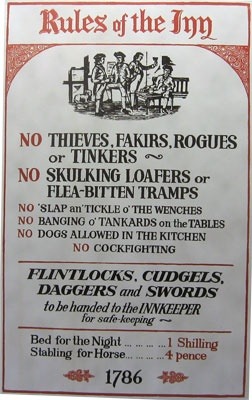
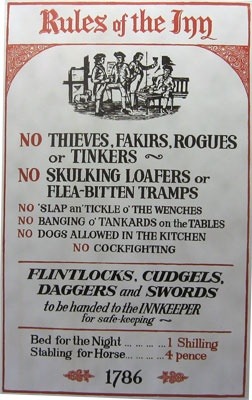



















Eger’s winemakers have rebranded Bulls Blood as Bikavér and are also making salty mineral volcanic whites of distinction. In Tokaj distinguished ancient wineries and young upstarts are at last gaining recognition for their crisp dry whites made from Furmint and Hárslevelü. Màtra offers insane value as small producers emerge from this ancient region known for bulk production.
Once a huge shallow sea, Hungary sits in what is called The Pannonian (aka Carpathian) Basin, a plain that remained after its namesake sea dried up, surrounded by extinct volcanoes. Hungary is one of the world’s oldest wine making regions and yet I knew little about it before my trip (when I took my WSET Diploma it was hardly mentioned). Communism demolished many of the ancient wine making traditions, championing collective farming and volume over quality, thus rendering ancient precipitous low yielding vines obsolete. Many, such as the world famous Royal Vineyards of Tokaji, were overrun with vegetation and forgotten until investment came in the form of Hugh Johnson and wine-making impresario Peter Vingding-Diers, whose golden touch and impressive winemaking had a hand in Pingus, Rustenberg, Landiras and Montecarrubo.
Today, some thirty years after the fall of Communism, ancient Tokaj crus have been resurrected, Bulls Blood has become Bikavér, and bulk-buy Màtra is carving a cost conscious niche for terroir driven youthful offerings.
Hungary can lay genuine claim to having the earliest demarcated wine region – Tokaj – by Royal Charter, in 1737. Vine Law was drawn up in 1641 for Tokaj-Hegyalia which outlined rules for site selection and even irrigation illustrating a deep-seated winemaking culture dating back to Roman times. Written evidence of vineyard councils reaches back to the 13th century.
Eger was the location of a legendary siege by the Ottomans who are said to have fled when faced with local warriors supping bull’s blood (leading to the name of the wine, which has now been supplanted by Bikavér). Unlikely though this story is, evidence of Asian, Caucasian and Roman winemaking traditions exist thanks to a violent past. Benedictine monks played a part in shaping the local winemaking traditions too.
Bikavér, grown on sedimentary soils, often by young growers, is emerging as a fascinating if varied category offering less oak than was previously traditional, a zippy acidity, spice, red fruit and freshness. There is little consistency as the strict regulations also allow for a serious amount of independent expression – growers must use 45% Kékfrankos and 5% Kadarka but after that international varieties can feature so Cabernet Franc, Pinot Noir and Cabernet Sauvignon may play a part.
There are six main wine producing regions according to Wines of Hungary, and 22 wine districts (see map above).
A prodigious wealth of indigenous varieties exits. Furmint is the easiest to spell and the best known, but many more obscure varieties face extinction. The language is hard to master but these varieties are worth tasting and comprehending. For me the volcanic minerality and saline floral notes of the full and sometimes linear white blends struck a real chord. The reds are reminiscent of the Northern Rhone or Barolo – being, spicy, red fruited and sometimes quite high in alcohol. This article is intended to take you on the tour I took. You can meet the growers via the clips and read my thoughts and theirs on the wines. I have tried to include pricing where possible. The main indigenous grapes varieties are listed last with explanations as are the notes.
Red wines
There are three main regions that focus on red (but these also offer some exquisite mineral whites): Eger is the largest at 5500 hectares, Villàny 2450 and Szekszàrd 2300. The terroir is extremely varied – often volcanic; sedimentary limestone is rare but sought after; and tuffa provides the perfect bedrock for carving deep consistently cool cellars into the hillsides.
Aside from Botrytis cinerea, the mould that produces noble rot, the cool, hand carved rhyolitic tuffa cellars of Hungary feature a peculiarly comforting black mould that proliferates on every wall and is considered an important part of the region’s terroir. This mould is called Cladosporium cellare and its moisture retaining qualities are much lauded by the local wino cognoscenti…
As previously mentioned red wines from Hungary’s Eger drew parallels with the Northern Rhone and Barolo from my distinguished fellow wine travellers and a few growers dared mention Burgundy (Eger sits on the same northern latitude). The climate is cool.
Bikavér
AKA Bulls blood rebranded, a dark intense red blend and protected designation of origin in Eger and Szekszárd regions. There are more differences than similarities between the two types of Bikavér, Egri and Szekszàrdi, this stems from contrasting regulations and terroirs. Both must consist of at least four grape varieties, there is always a minimum oak ageing requirement and Kékfrankos must be the dominant grape (30-65% Eger, 45% + Szekszárd).
Egri Bikavér
Three categories: Classicus, Superior and Grand Superior
Oak ageing:
Two categories: Regular and Premium. Must be between 5 and 10% Kardarka
Oak ageing:
White Wines
Egri Csillag aka Star of Eger
This is a relatively new name (2010) for the counterpart white wines to Bikavér (aka Bullsblood) defined by Eger Vintners Association to mean a white blend that must include at least fifty percent of four indigenous white varieties such as Olaszrizling, Hárslevelü, Királyeánka, Leanyka, Zenit, Zengö, each of these must be no less than five percent of the blend. In addition up to thirty percent Muscat related varieties such as Ottonel, Tramini, Cserszegi Füszeres, and Zefir. Then international varieties such as Viognier, Pinot Gris, Chardonnay, Müller Thurgau, Sauvignon Blanc can make up the rest of the mix.
Interestingly this region – which is today known for its reds, used to be planted with predominantly white grapes until the 16th Century so Egri Csillag might be considered a return to form rather than a marketeer’s dream. Like Bikavér, differing levels of quality are offered:
Tokaj Region (Tokaji wines)
What many do not know is that 70% of Tokaj’s wine production is dry, and this is not a new phenomenon. Only white wine is produced. Located at the foot of the Zemplèn/Tatra mountains near the border with Slovakia, Tokaj sits atop of a multitude of 400 extinct volcanoes, soils are mineral rich and predominantly volcanic, therefore extremely varied. The climate is classically Continental with hot summers and long lengthy autumns. Noble-rot-inducing mists create the perfect conditions for botrytised grapes and Tokaji wines – ‘aszù’ every three years so dry wines have always been produced. Aszú berries must be macerated prior to being pressed in must or Tokaji dry base wine. Furmint and Hárslevelü account for 85% of the grapes grown over some 5800 hectares. Small amounts of Sàrgamuskotàly (Yellow Muscat) and Oremus and minute amounts of the indigenous Kövérszõlõ are also grown.
Tokaj lays claim to be the world’s first ever demarcated wine region delimited by royal decree in 1737 in which 27 villages were named suitable for making Tokaj and allowed to use the name Tokaji. This classification predates Portugal’s Douro by 20 years, Rhine’s Beerenauslese by 100 years and France’s Sauterne by more than 200. A recent move to distinguish Tokaji dry whites by offering them in a distinctive bottle has proved successful. Riedell have even designed a specific glass.
In the 18th century Tokaj was the wine of the moment and references to its wonders and royal patronage exist throughout Europe. Phylloxera then Communism struck fatal blows. Expropriated private vineyards were redistributed, the grapes collectively farmed regardless of quality and difficult-to-farm plots, often those of the highest quality, were in turn expropriated by nature.
1989 saw the fall of communism and, desperate for hard currency, the Mayor of Mad in Tokaj and the local co-op sought urgent outside investment. Eventually the The Royal Tokaji Wine Company was established thanks in part to the discovery of an ancient map detailing three levels of classification, First, Second and Third growth vineyards as identified by Prince Rakoczi in 1700.
Tokaj offers many varietal wines and Furmint based blends, Furmint is the most important though six varieties are permitted. Wines are usually aged in stainless steel or wood, today many producers use the special trademarked Tokaj bottle. Sparkling Tokaj PDO must be bottle fermented.
Tokaj Sweet Wine Styles
Late Harvest Wines – usually fermented and aged in tank.
Szamorondni (‘As it comes’) – whole bunch, partially botytised, no Aszú selection. Min 6 months oak ageing.
Aszú (5 or 6 Puttonyos) – selected hand harvested botrytis affected shrivelled berries soaked in must or young wine and aged in oak for a minimum of 18 months.
Eszencia – Trickle of thick syrup made from Aszú berries, min 450 g/l sugar. Barely ferments.
GRAPES
Furmint
High acid offers a steely backbone, high sugar, potentially boozy fine wine grape, susceptible to noble rot, with brilliant ageing potential and therefore the principle ingredient in the fine sweet wines of Tokaj. Parents are Gouais Blanc and Alba Imputotato. Buds early, ripens slowly. Makes incredible dry and sparkling wines too. The flavour profile offers apple, pear and quince but with botrytis dried apricot, peach and pear emerge. Reflects terroir and can offer mineral characteristics, specifically taste the wines of Somló, Badascony.
Olaszrizling
Most widely planted white variety which has absolutely no relation to Riesling. Known as Welschriesling in Austria, Graševina, Laški Rizling or Rizling Italyanski in Slovenia and Rizling Vlašsky in the Czech Republic. Often made into cheap white, its reputation is anything but refined and yet it can be wonderful in sweet botrytised white blends and is capable of beautiful dry, crisp yet rich, terroir reflective whites if yields are regulated. It buds and ripens late and retains acidity in low yields. Lake Balaton is a particular stronghold.
Hárslevelü
Perfumed, spicy and aromatic and according to Caroline Gilby MW added to Furmint to ‘build the mid-palate, making the wine longer and deeper’. The grape is Furmint crossed with Tzimlyansky Belyi. Vivien Ujvári of Barta is also a fan of its salty, floral spiced qualities and feels it should be a single vineyard wine.
Kékfrankos
Aka Blaufränkisch, Lemberger, Franconia. 8000 acres in Hungary found principally on the Great Plain in Eger and near the Austrian border in Sopron. High acid, deep colour and tannin, red fruit flavours, spice and weight make it extremely well thought of. It needs warmth to thrive as it buds early and ripens late.
Kadarka
Late ripening red grape which can produce quality wines if its natural tendency to over crop is curbed and its allowed to fully ripen.
Sárgamuskotály
AKA Yellow Muscat or Muscat Blanc a Petits Grains, Sarga Muskotaly. It is one of three varieties used to make Tokaji wines. Usually offers gorgeous orange blossom aromas and fragrant spice.
Lisse Garnett visited Tokaj, Eger and Màtra for Wine Anorak. Article written with the generous help of Elizabeth Gabay MW, Caroline Gilby MW, Balassa István, Csilla Sebestyén, Dr Peter Molnár and Timor Gàl whose fascinating Masterclasses on Bikavér and Furmint furnished my brain with the necessary facts and inspiration.
Why are you looking at what you’re looking at
The Choirboy and the Bellydancer is a memoir written by Christine Potter. It is a love story of the Fort Langley couple who met in the U.K as teenagers and moved to Canada in late ‘90s.
Christine and Christopher met as teens in the United Kingdom
A Fort-Langley woman penned down her roller coaster love story, and it is as romantic and filmy as it could get.
The Choirboy and the Bellydancer, a memoir by Christine Potter is a Valentine to her husband, Christopher Potter, will take readers through international wars and across nations before bringing them back to Fort Langley, where the couple found a cozy place to call home.
A true romance tale of teenagers who met in the United Kingdom and fell in love at 16, the memoir includes tales from Christine’s life as a belly dancer in the Middle East.
Born near the end of the Second World War, Christine and Christopher, a choirboy, worked together in a shop as teens. When a landlord kicked out Christine for scaring off her elderly roommate through her interest in horror stories, she had nowhere to go. Young Christopher convinced his family to allow her to live in their home.
Soon after the duo fell in love, Christine moved to the Middle East at the age of 17 to join her father and became a belly dancer – a move that got her father fired from his civil engineering job. She returned to the U.K. and “picked up” her relationship with Christopher where they left off.
The book vividly describes the war era when Christopher’s home was bombed, and he was buried under the debris only to be found by a fireman who initially mistook baby Chris as a cat.
The couple immigrated to Canada in 1965, and moved to Fort Langley in the ‘80s.
“We love it here [Fort Langley] and we have made such good friends,” said Christine.
The couple recently celebrated their 57th wedding anniversary – 38 of their years together, living in Fort Langley. Not a bad run, considering the relationship was predicted to last for six months when they met in the 1960s.
“It is one day at a time in our relationship and that is our philosophy,” said the couple.
Now retired, the 78-year-old globetrotting author has worked as a travel journalist in the past.
The stay-at-home period because of the COVID-19 pandemic offered Christine the time and opportunity she was looking for to pick up her passion for writing and to self-publish her work.
The Choirboy and the Bellydancer is available online at Amazon and might soon be available in the local book stores. Christine said that some booksellers are showing interest in working with her.
An avid reader, Christine said she reads “pretty much anything and everything.”
Some people who bought the book even knocked on Christine’s door to get their copies signed. Her book is available online in Canada, England, and Australia, but the author is yet to receive one for herself.
“I haven’t got one for myself yet. It is very very frustrating,” said Christine chuckling.
Back in the day: Would Frank get up and dance?
For the rhythm, or, because I was getting fired for playing it on the radio.
El Chicano: Viva Tirado












A rich but focused wine, this Pinot Noir will probably age well.
Fruit on the palate is fresh and bright. Tannins provide much needed structure. Medium long, red fruit finish. But there’s depth, too, with a hint of spice and earth to add complexity.
Simply put — we liked it a lot. Great value and, of course, goes very well with Lamb.
PINOT NOIR – MARISCO THE NED MARLBOROUGH
$24.99
14% alcohol
UPC: 00626990160847
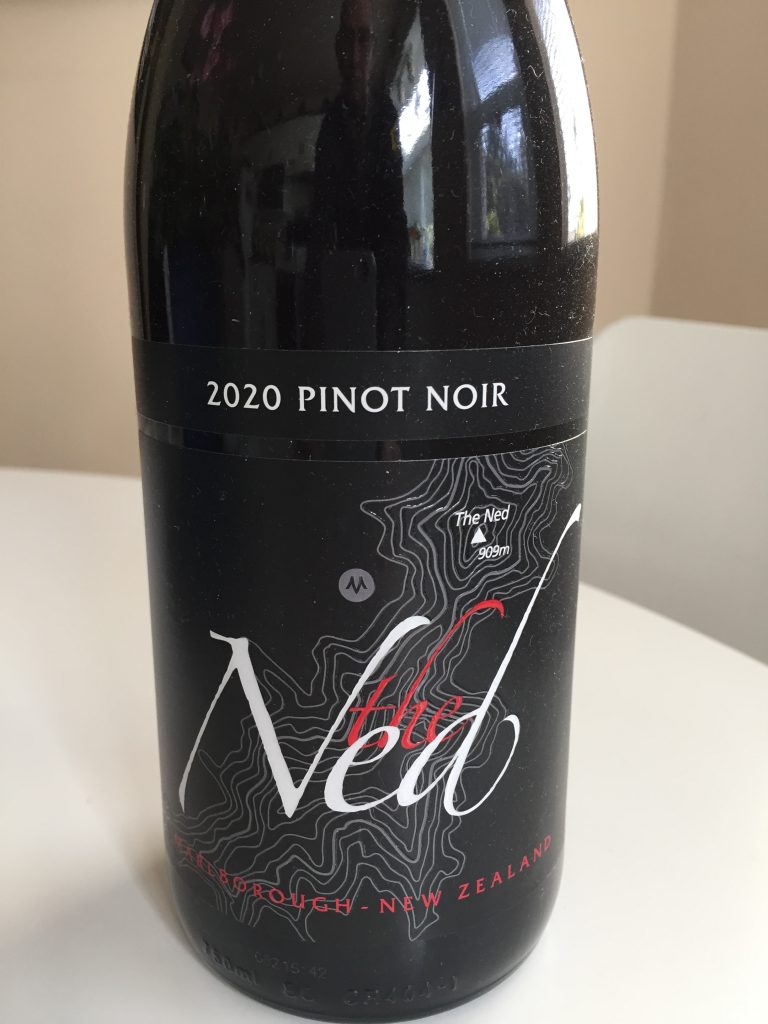
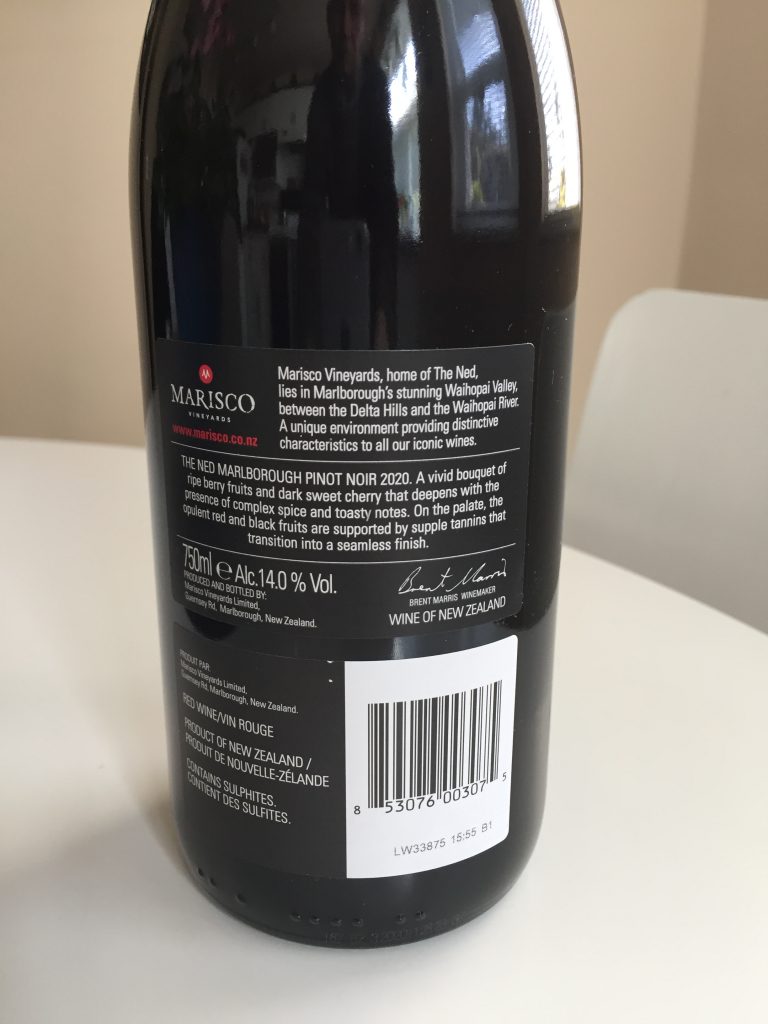
Australia is an extremely important wine producing country, both in terms of quality and scale. In 2020, it produced 10.6 million hectolitres of wine, with approximately a 60:40 split between red and white grape varieties. .
Australia has developed a comprehensive appellation system with over 60 designated wine regions and wine produced to some capacity in every state.
Its vast size and huge range of climatic and geographical conditions, makes it one of the most versatile wine-growing countries in the world. In 2021, there were just over 146,000 hectares (360,000 acres) of vineyards in Australia. 39 percent of this was planted to Shiraz, 24 percent to Cabernet Sauvignon and 21 percent to Chardonnay. Merlot covered 8 percent and Sauvignon Blanc 6 percent.
The country has also played a major role in the globalization of wine. Many of its brands have a strong international presence, as do its well-trained and well-qualified wine professionals, who have spread their expertise to many corners of the world.
Wine is produced in all of Australia’s six states, however, the vast majority is made in the southeast. New South Wales, Victoria and inparticular South Australia, are the most important states for wine production as the cooler climates are more favourable for viniculture. The latter accounts for approximately half of the country’s annual output.
Western Australia only accounts for around two percent of national production. However, the best wineries are well known on export markets as the state as a wine style that is distinctly different from the rest of the country. The state produces approximately 20 percent of the country’s fine wine with the Bordeaux red blends of the Margaret River region particularly prominent.
Overall, the mesoclimates of Australia’s winemaking regions are most prominently affected by the southerly latitude, with a staunch Mediterranean climate of warm, dry summers and cool, wet winters. Regional features such as altitude and proximity to the oceans also play a significant role.
Soil types vary greatly from the overly fertile red-brown earth of the Riverina to the ancient, weathered granite-based soils of Margaret River. The most famous soil type of the Australian wine industry is the terra rossa of the Coonawarraregion in the southwest of South Australia. The vivid red, clay-loam has a high portion of iron ore and sits atop of a bed of limestone with surprisingly good drainage. It is a popular for soil type for wine production, producing particularly aromatic Cabernet Sauvignon. Similar soils are found in La Mancha of Spain and the Italian Carso region.
This variety of terroir and growing conditions results in a broad portfolio of wine styles. By way of illustration, blockbuster Shiraz is produced in the Barossa Valley in South Australia. The neighboring Eden Valley, at higher altitudes, is the home of many of Australia’s best Rieslings. The Clare Valley portfolio also ranges from gutsy reds to elegant Riesling and Chardonnay.
Coastal influenced areas using cooler climate grapes include Mornington Peninsula in Victoria. Further north, the moderating influence of the sea on the Fleurieu Peninsula produces a Mediterranean climate. 240 kilometers (150 miles) south of the mainland, Tasmania is best known for graceful Pinot Noir and sparkling wines.
Australian wine history and old vines
Looking backwards, the country has an impressive wine history. Many wine regions date back to the mid 19th Century. This does not compare to many European regions (and some New World ones). But the descendants of many founding families are still growing grapes. Different valleys or towns are often associated with immigration from a particular European country or province. This further adds to the diversity of Australian wine.
The country also boasts some of the oldest productive (ungrafted) grape vines in the world. Some were planted as far as the 1840s, and there are numerous century-old plots. The Barossa is a particular hot spot in this regard. Due to various factors including isolation, and the prevalance of sandy soils, the vineyards here did not experience wholesale devastation by phylloxera.
Scotsman James Busby, who is often referred to as “the Father of Australian viticulture” built a farm in the Hunter Valley in 1825 and brought seedlings from Europe. Opulent Barossa Shiraz, strong Coonawarra Cabernet, and wood-heavy Chardonnay can be described as figureheads from Down Under. But the elegant wines from the cool Australian wine regions are becoming very popular. Shiraz, Chardonnay, and Cabernet Sauvignon are the three main grape varieties from Australia.
Shiraz is the most widely cultivated grape variety in Australia wine country. Shiraz, commonly known as Syrah in old wine countries, is a dark-skinned grape variety originated from the Rhône wine region and grown throughout the world. However, there is another story, telling that Syrah/Shiraz grape variety originates from the city of Shiraz in Persia. Despite different ideas about the origin of Shiraz, today it has adapted to the local Australian climate and soil conditions and also differs from the European Syrah selections.
Western Australia is the largest state in the country. However, territories covered with vineyards are only allocated in the southwest part of the state. The most famous wine area in the region is the Margaret River, which is located in the cooler part of Western Australia near the southwest coast. In the northern and eastern parts of the region, the climate is far too hot and dry to support winemaking. In contrast to the majority of the region, the climate in the southwest corner is cool and temperate due to the nearby ocean and coastal breezes, making it near perfect for viticulture.
Because of the cool sea wind, Shiraz and Cabernet Sauvignon express elegance and freshness here. The Sémillons, Sauvignons, and Chardonnays also impress with their crisp fruit and classic varietal aromas. Local climate also supports the cultivation of Pinot Noir and Riesling. Swan Valley, which is located 25 minutes from Perth invites you to explore its local heritage on a wine tour, enjoy family time, and indulge in a rich fusion of award-winning wines, speciality liqueurs, and delicious treats, including olives, cheeses, jams, nuts, and chocolate.

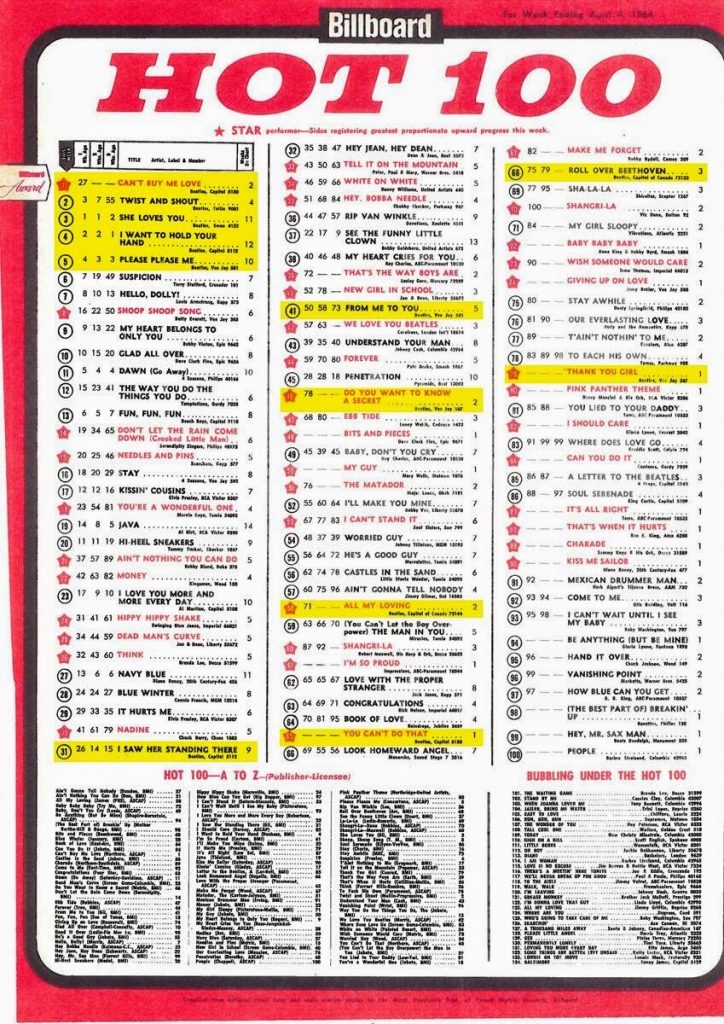



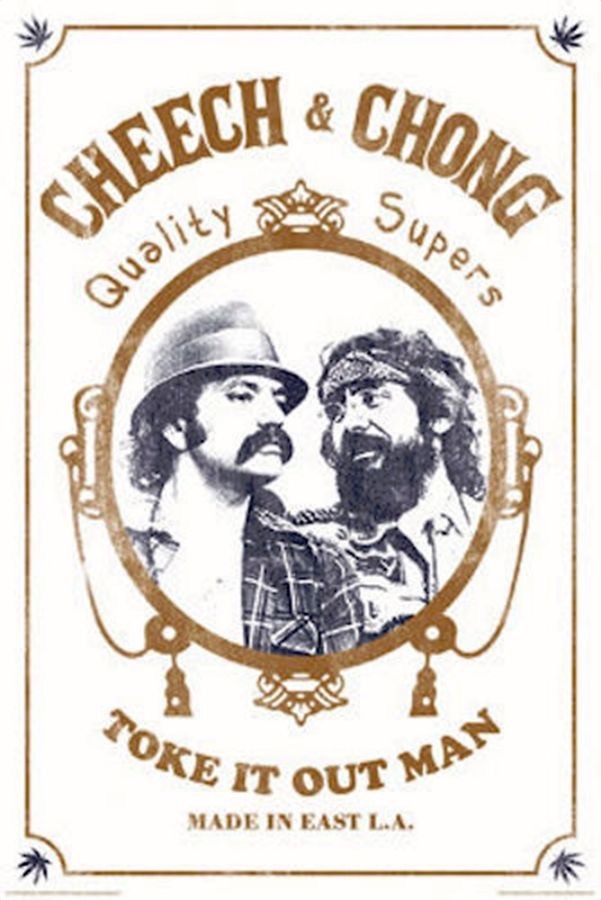
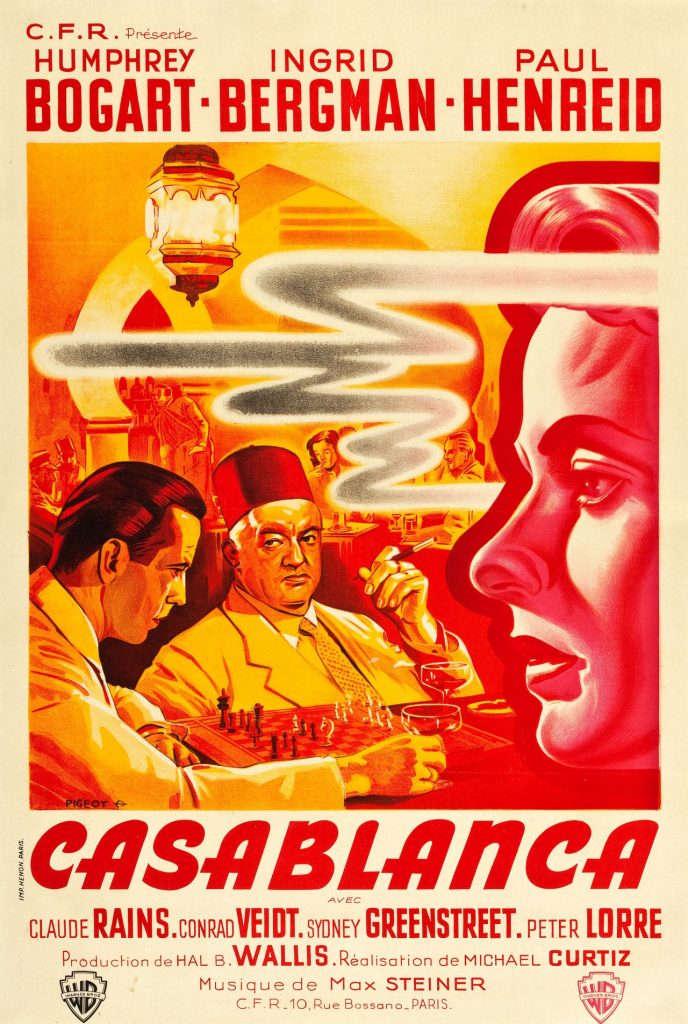



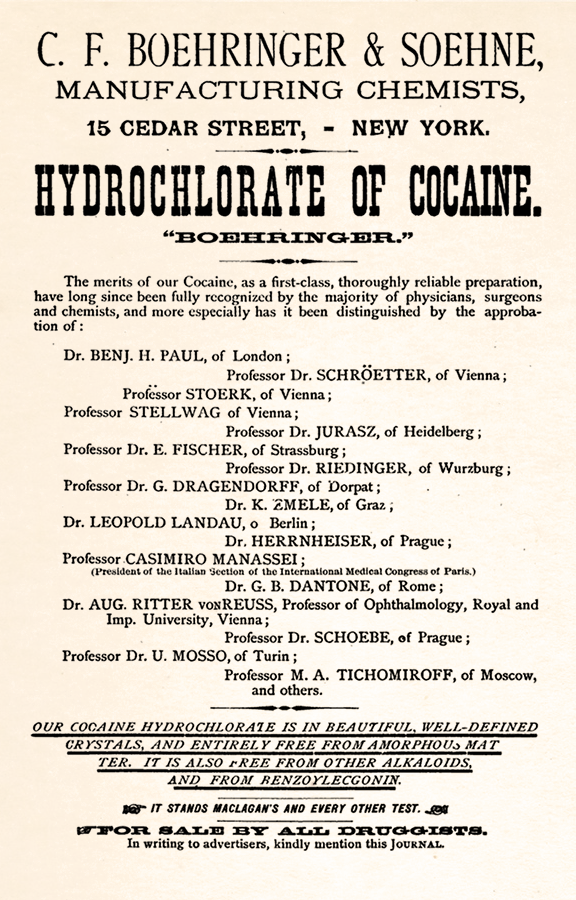
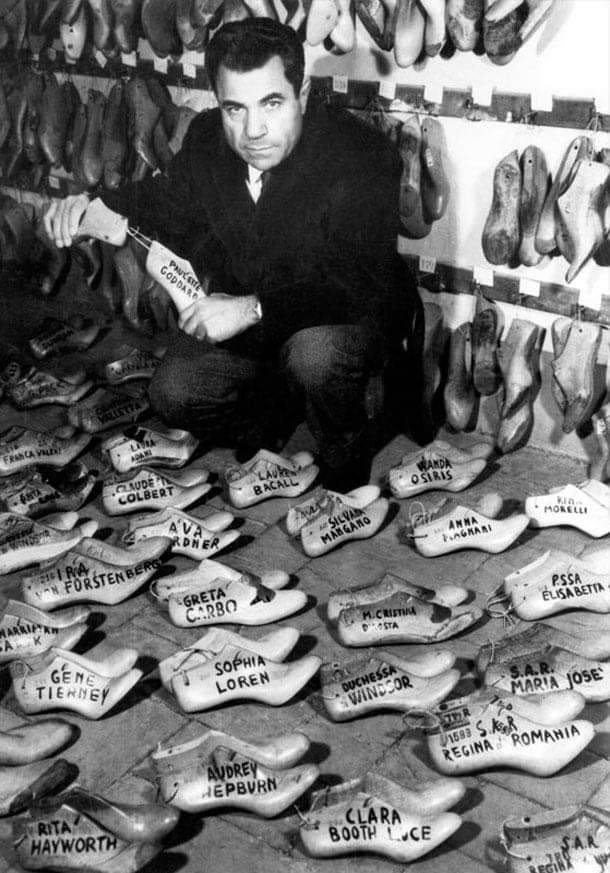


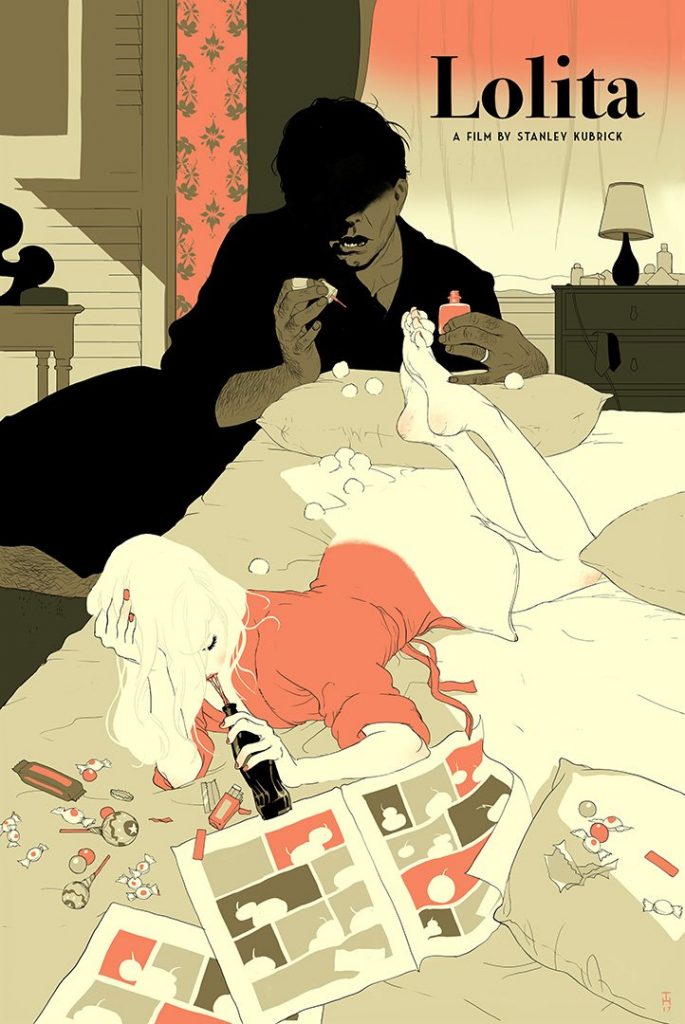
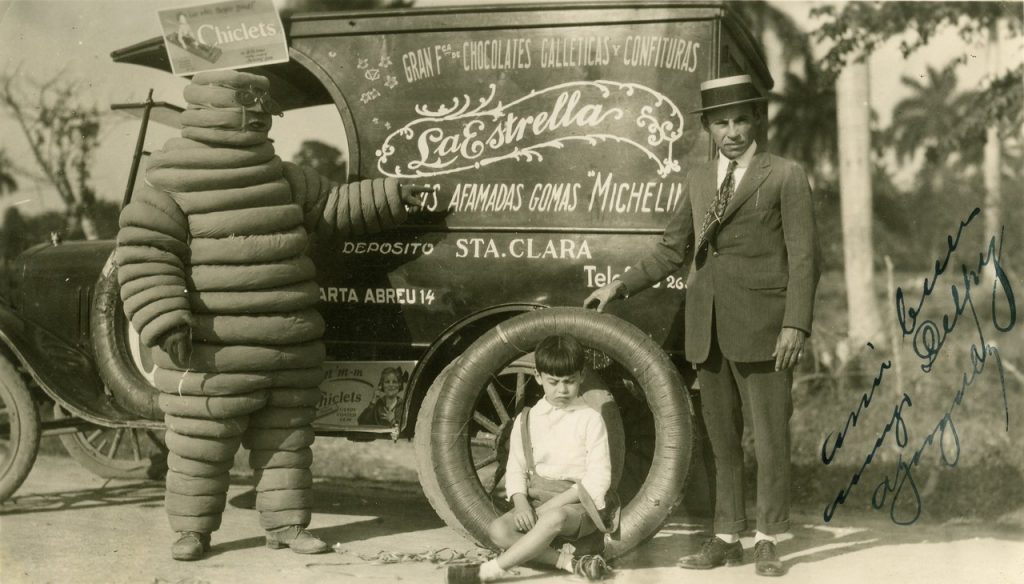
What was the most important car in the year that you were born?
https://www.popularmechanics.com/cars/g23320934/car-history/